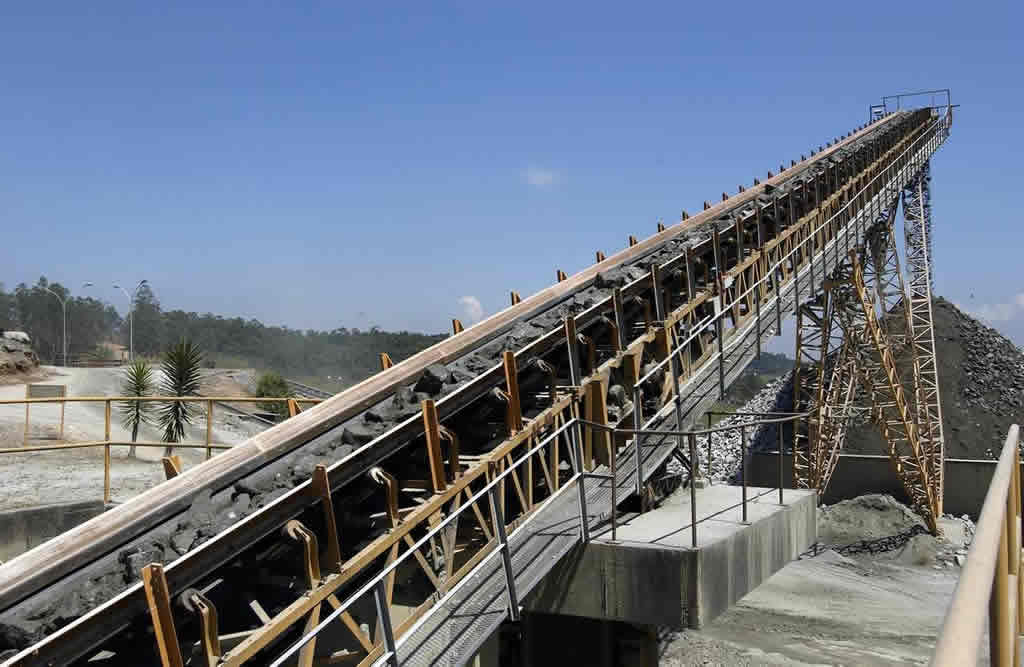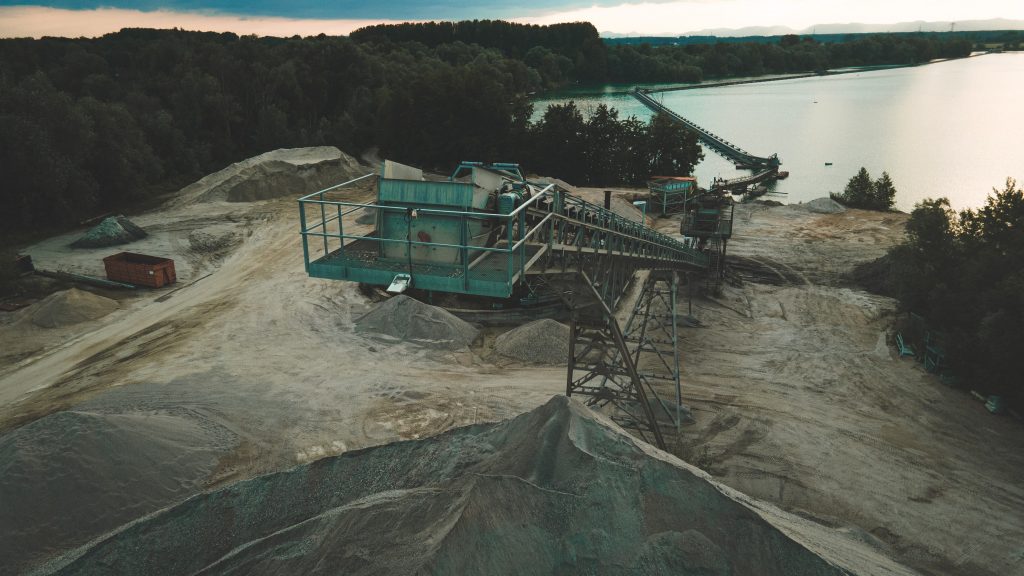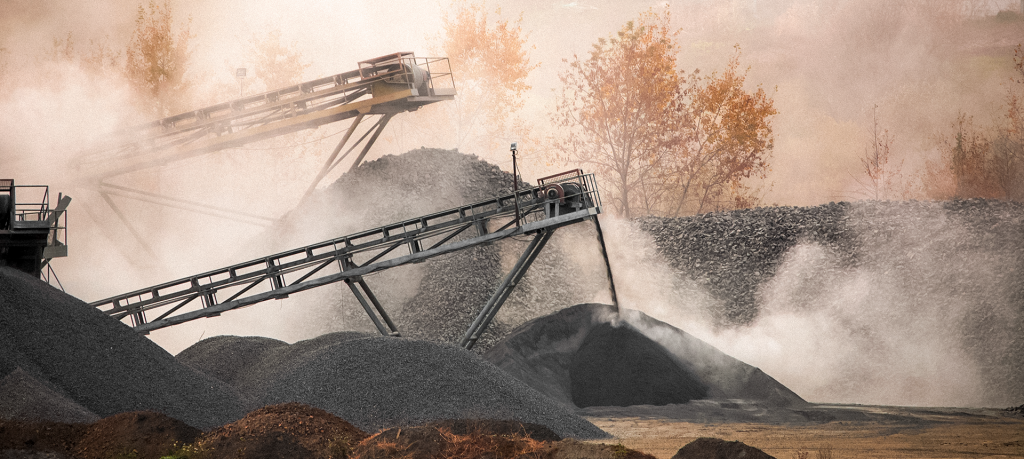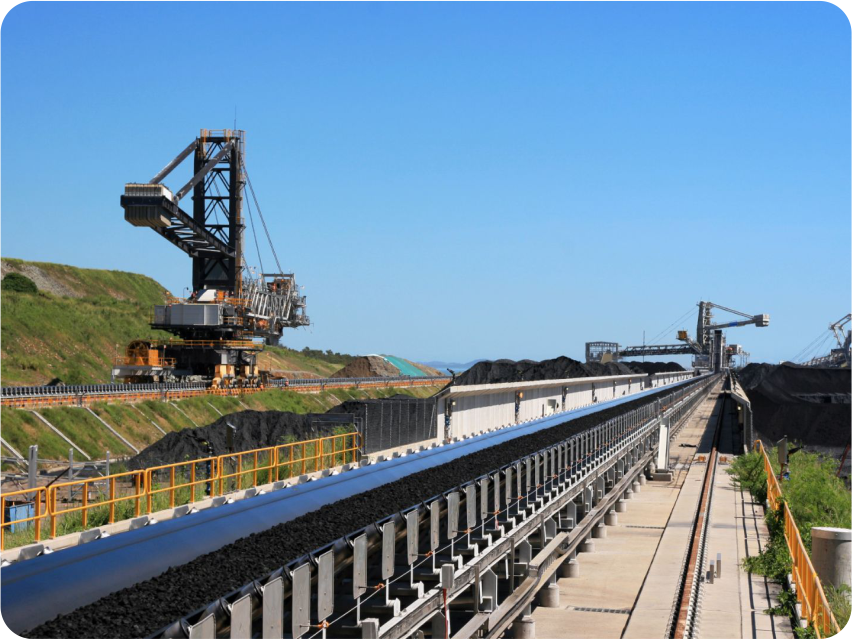
For any company, it is reckless to have part of the production paralyzed. After all, the durability and efficiency of operations are essential.
Imagine, then, running the risk of seeing the entire line interrupted for a long period because vital equipment for the operation stopped working. Because until 2007, this was the case of the operation of one of the units of a large cement company in Brazil, located in the State of Sergipe.
Durability and efficiency were essential in this case, as the operation suffered from recurring stops caused by problems in the conveyor belt with steel cables that had been used until then. Triggered, the previous supplier was unable to arrive at any solution that met the two needs of the company.
To be aware of the scale of the problem, the conveyor belt was the only one operating to transport material from the mine to the so-called homogenization yard. From this patio, the materials are taken to the ovens.
The point is that the yard had the capacity to store enough material for just 24 hours of operation. If the problems with the belt then used already presented problems with this configuration, they would worsen when the project was completed to increase production.
The yard would only support 16 hours of operation without supply.
It was imperative to increase the durability and efficiency of the belt, which does not have redundant equipment, to increase the reliability of the operation. That’s when the authority of Mercury made all the difference.
Understanding the case
Manufactured and supplied by another company, the belt then used had low durability and efficiency. Tears and punctures were recurrent and, as a result of the steel cables, any sign of damage led to repair stops, which naturally took longer. In addition, due to the number of splices, the maintenance cost was high and the operation was interrupted for a long time.
Increasing the thickness of the conveyor belt had been the only solution proposed so far. However, this would incur costs. “It would lead to the need to change the drive set for more powerful motors, which have a higher purchase price and would spend more energy”, points out Marco Túlio Viana, Account Manager at Mercúrio.
Due to the long partnership it has with Mercúrio, the cement company asked us to develop a solution compatible with its needs, always taking into account the durability and efficiency of the belt, as Viana recalls.
Thus, even without knowing the history of the operation, Mercúrio went to check the situation. “Our Technical Assistance Manager was on site to assess the situation of the transporter and its problems and then come up with a solution”, he says.
Durability and efficiency with Textile Conveyor Belt Mercurio
The manager at the time was Dalton Clermont. “Our proposal was to change the steel cable belt for a PN (Polyester-Nylon) textile conveyor belt manufactured by Mercúrio”, he says when referring to a product suitable for severe application conditions.
The arguments for the solution were that such material presents easier operation and supports more crude operations, says Clermont. Ultimately, if repairs are needed, the PN canvas belt is more affordable to maintain both financially and technically. Mercurio also offers a five-year warranty on this material.
Against the proposal weighed the fact that, with 2,800 m in length, it was a TCLD (Long Distance Belt Conveyor). In theory, for TCLDs, the use of steel cord belts tends to be more indicated due to the risk of stretching. “Textile belts are generally indicated for shorter conveyors and less subject to impacts or tears”, comments Viana. While PN belts have an elongation rate of 1.5%, steel belts have only 0.5%.
Durability Reliable
To circumvent the risk, Mercurio invested in a project. Calculations were made to determine the counterweight needed to avoid elongation issues and belt coverage was increased from 6mm to 8mm. The overweight of the covering was compensated by the reduction of the carcass weight, since the canvas weighs less than the steel. Thus, the same engines continued to be used.
“It is necessary to have highly developed engineering and in-depth knowledge of both the product and the operation to arrive at a solution like this”, says Viana.
However, neither maintenance nor warranty was necessary. Mercurio’s first PN textile conveyor belt operated for not five, but nearly nine years. The second has been in operation for about three years and does not show any signs of a problem. Both dispensed unscheduled maintenance. “We took a product that had problems and put in a belt developed according to the customer’s demands”, summarizes Clermont.
Savings of almost R$ 6 million
In this context, the approximately 50% higher acquisition cost was easily offset by the lack of maintenance, which burdened the company with approximately 30% of the acquisition cost of the previous belt.
In short, we guarantee more durability and efficiency to operations with Mercurio’s PN textile belt, in addition to a reduction of approximately R$5.8 million over its nine years of operation and elimination of losses to the operation resulting from unscheduled downtime.
Estimate of monthly expenses eliminated by the Mercury solution:
| Previous especification | Mercurio’s Belt | |
| Expected Durability | 2 years | 9 years |
| Purchase cost | R$ 980.000,00 | R$ 1.471.000,00 |
| Maintenance cost | R$ 320.000,00 | – |
| Saving (R$) | – | R$ 5.850.000,00 |
| Saving (%) | – | 450% |



